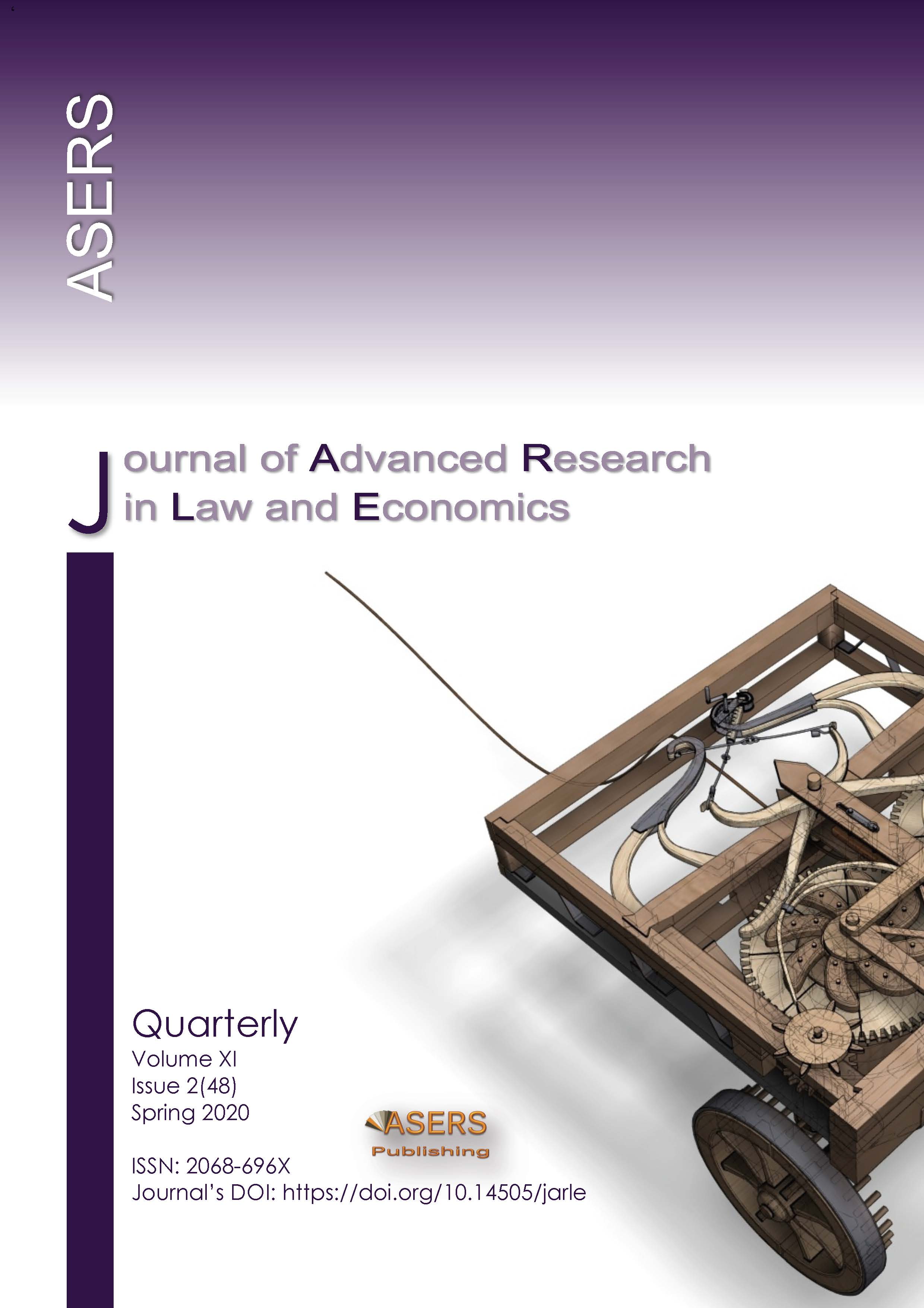Modeling of the Distribution Mechanism for Fuel Industry Enterprises' Rental Income in the System. State – Region – Enterprise
Modeling of the Distribution Mechanism for Fuel Industry Enterprises' Rental Income in the System. State – Region – Enterprise
Author(s): Yuliia Halynska, Viktor OliinykSubject(s): Business Economy / Management, Energy and Environmental Studies
Published by: ASERS Publishing
Keywords: rental income; extractive company; rent distribution; modeling distribution mechanism; environment; energy;
Summary/Abstract: The article proposes to consider the theoretical and methodological foundations of optimizing the distribution of rental income of enterprises of fuel extractive industry in the ‘state-region-enterprise’ system in the context of a simultaneous and interconnected increase in rental income to state and local budgets and an increase in the value of the assets of extractive enterprises in a context of reducing conflicts of interest of alliance members. The determination of the optimal value of the distribution of rent in the time interval from 2016 to 2022 is carried out on the basis of differential equations and an auxiliary function that satisfies the transversely conditions. As the basic values of indicators characterized by a data array, we used the environmental, economic and technical and technological indicators of fuel-producing enterprises. The results obtained were compared with the distribution of rent between the region and the state according to the current legislation in the ratio of 5% and 95%. At the same time, 3 different options for the optimal redistribution of rental income in the system ‘state – region –fuel producing enterprises’ were considered, where the initial conditions change. An analysis of the distribution of rental income from the extraction of natural resources showed that the most optimal is the distribution that changes over time in accordance with the efficiency of the enterprise and the socio-economic and environmental situation in the region. According to the calculations, it is proposed to transfer 14% of rental income to local budgets, 56% of rental income must be transferred to the State budget and 30% of rental income remains at the enterprise.
Journal: Journal of Advanced Research in Law and Economics (JARLE)
- Issue Year: XI/2020
- Issue No: 48
- Page Range: 370-381
- Page Count: 12
- Language: English
- Content File-PDF

